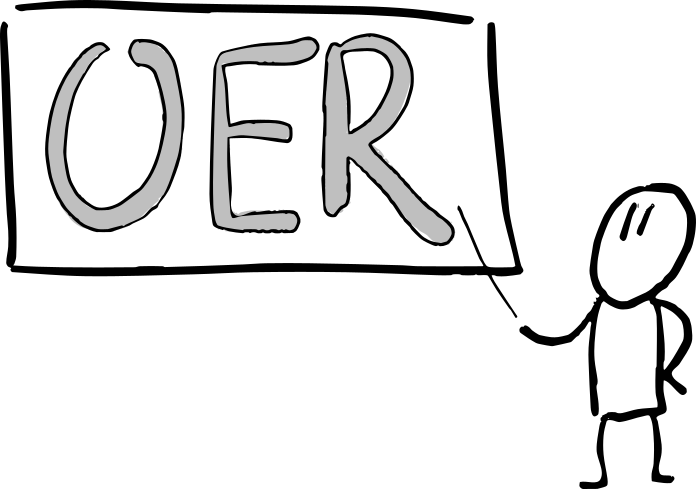Open Educational Resources Explained
Open Educational Resources (OER) are defined by UNESCO as "...teaching, learning and research materials that make use of appropriate tools, such as open licensing, to permit their free reuse, continuous improvement and repurposing by others for educational purposes. "
sOER Frank, CC BY 2.0 <https://creativecommons.org/licenses/by/2.0>, via Wikimedia Commons
OER and Copyright
The open licensing associated with OER givers users free and permanent permission to adapt and reuse them. These freedoms are defined as being able to engage in the 5R activities.
5R Activities
- Retain - make, own, and control a copy of the resource (e.g., download and keep your own copy)
- Revise - edit, adapt, and modify your copy of the resource (e.g., translate into another language)
- Remix - combine your original or revised copy of the resource with other existing material to create something new (e.g., make a mashup)
- Reuse - use your original, revised, or remixed copy of the resource publicly (e.g., on a website, in a presentation, in a class)
- Redistribute - share copies of your original, revised, or remixed copy of the resource with others (e.g., post a copy online or give one to a friend)
This material is an adaptation of Defining the "Open" in Open Content and Open Educational Resources, originally written by David Wiley and published under a Creative Commons Attribution 4.0 license at http://opencontent.org/definition/.
